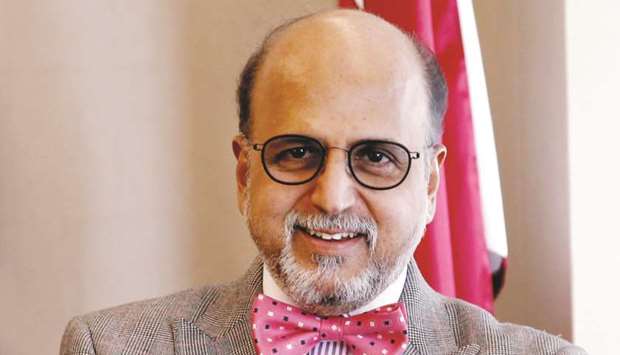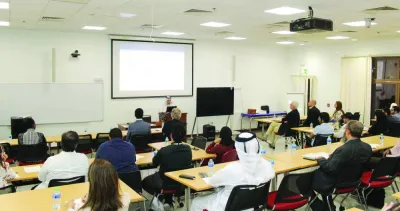In handling the Covid-19 crisis and to ensure that adequate finance is channelled to support progress on the SDGs and those most in need, countries need a co-ordinated stimulus package, which includes reversing the decline in aid. Governments and monetary authorities must continue to stabilise financial markets by continuing to inject much-needed liquidity. Furthermore, governments must partner with private financial institutions to roll over debt to SMEs and individuals.
In April 2020, Bank of Japan (BoJ) promised to buy as many government bonds as needed and more than doubled its buying of corporate debt, as Governor Haruhiko Kuroda tried to show the BoJ was pulling its weight in national efforts to support struggling factory owners, shopkeepers and consumers.
In June 2020, the Bank of Japan increased its Covid-19 stimulus from ¥75tn ($700bn) to ¥110tn ($1.02tn). The bank's Covid-19 plan provides zero interest loans to banks if they increase their lending levels to companies. It is intended to prevent a liquidity crunch.
In Feb 2020, the Hong Kong government has announced 120bn Hong Kong dollars ($15.4bn) worth of measures. The measures include a cash payout of 10,000 Hong Kong dollars to residents age 18 and above, and low-interest loans with government guarantee for small businesses. In March 2020 the Hong Kong Monetary Authority (HKMA) lowered its base rate charged through the overnight discount window by 50 basis points to 1.5% after the US Federal Reserve delivered a rate cut of the same margin.
In May 2020 South Korea’s central bank cut its policy interest rate cut the benchmark interest rate a quarter of a percentage point to 0.5%. In June 2020 South Korea unveils $29bn stimulus budget as part of its 3rd supplementary budget.
Policy response must be about rebuilding better towards sustainable development in several aspects. These include: (a) public and private investment in sustainable development such as building resilient infrastructure; (b) strengthening social protection systems; (c) additional investment in crisis prevention, risk reduction and planning; and (d) eliminating trade barriers and restrictions that affect supply chains.
The Covid-19 crisis has exacerbated cracks in public health systems to deliver key services in high-income countries like the US, and in low- and middle-income countries such as India.
System-strengthening approaches within the health sector alongside improved coordination of actors across different levels of the health system, will help with the Covid-19 recovery. As schools reopen, policy-makers need to consider how the education system, for instance, can support the health system response. Bringing education and health planners together will help to ensure alignment and better enable them to identify creative ideas as the crisis response evolves.
According to World Bank June 2020 Global Economic Prospects report when compared with pre-crisis forecasts, Covid-19 could push 71mn people into extreme poverty in 2020 under the baseline scenario and 100mn under the downside scenario. As a result, the global extreme poverty rate would increase from 8.23% in 2019 to 8.82% under the baseline scenario or 9.18% under the downside scenario, representing the first increase in global extreme poverty since 1998, effectively wiping out progress made since 2017.
On account of strict lockdown measures — there has been a record fall in global carbon emissions. But this has come at a huge economic cost. The environmental gains are likely to last just a short while, with limited impact on the concentration of carbon dioxide that has accumulated in the atmosphere over decades. Governments should take sustainability more seriously and can make more structural changes to economic activity, mobility, and production and consumption patterns. Then we can bring down emissions to more manageable, globally agreed levels as endorsed in Agenda 2030 and international climate agreements.
On the whole, the new world order will emphasise on sustainable development.
* The author is Group CEO of Doha Bank.



